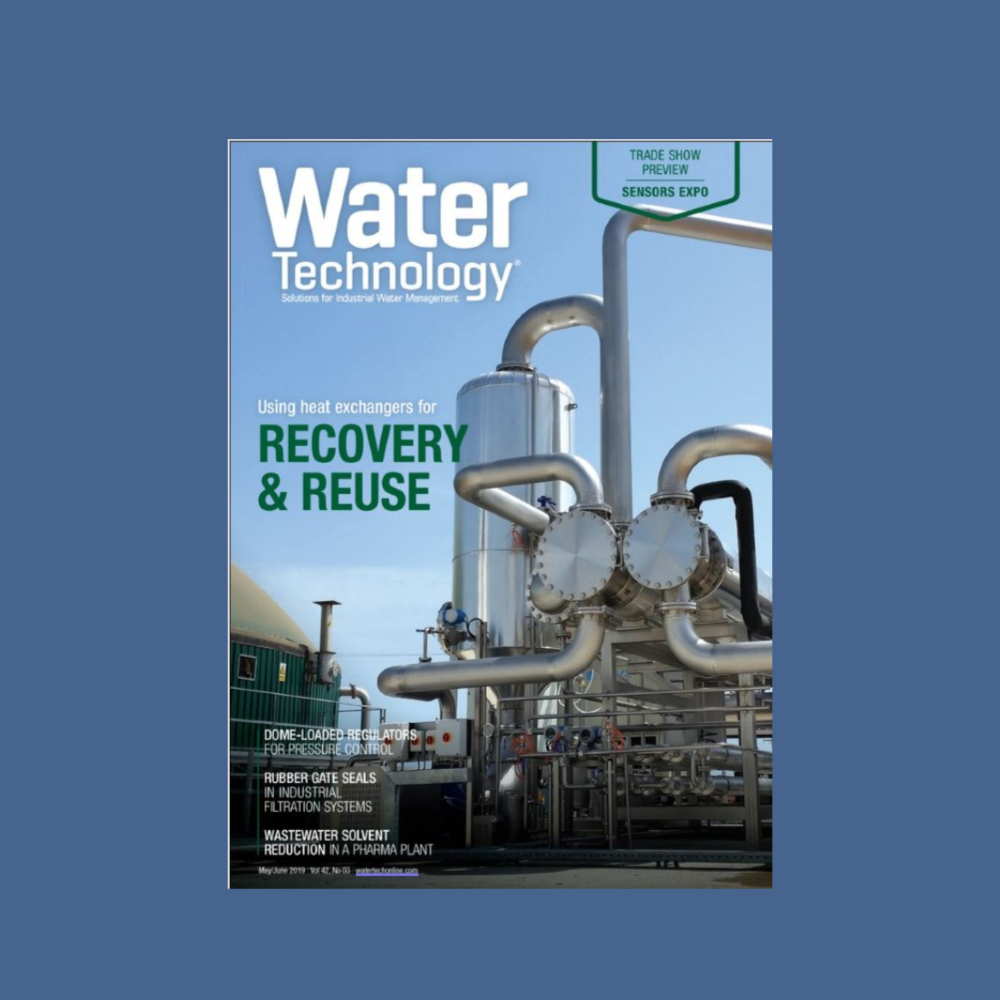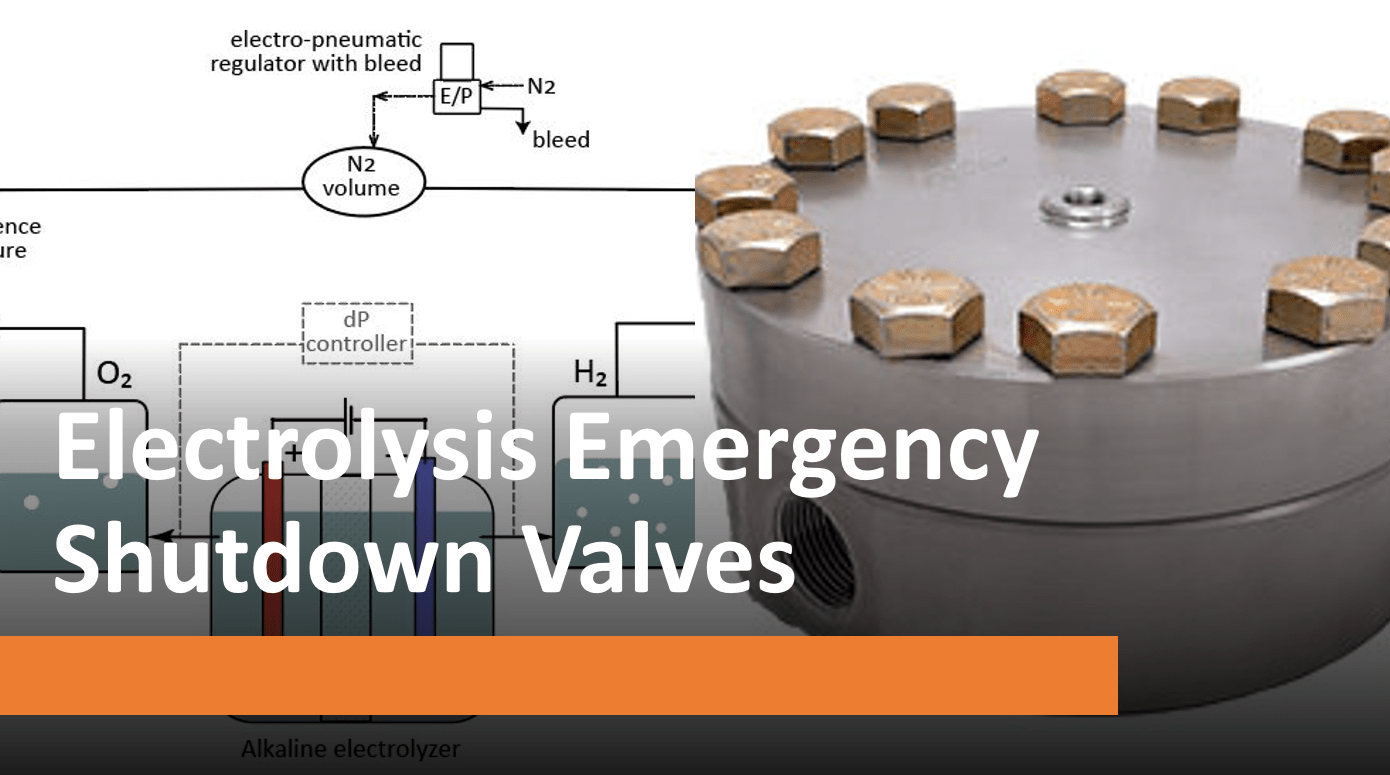The May/June issue of Water Technology Magazine features a six-page article by Equilibar founder Jeff Jennings that provides an overview of dome loaded regulators.
The article compares dome-loaded technology to traditional spring-loaded technology. It also explains the differences between a pressure reducing regulator and a back pressure regulator.
“Over the years we’ve learned that there is a certain amount of uncertainty regarding the operation of dome-loaded regulators,” Jeff said. “In addition, even experienced engineers are not always sure whether they need a pressure reducing regulator or a back pressure regulator because they don’t deal with fluid control every day.”
One complicating factor is that different segments of industry tend to use slightly different terminology. A pressure reducing regulator, for example, is also referred to as a forward pressure regulator, a pressure reducing valve or simply a pressure valve. A back pressure regulator, meanwhile, is sometimes called a pressure sustaining valve.
“Our application engineers answer general questions about fluid control every day,” Jeff said. “Water Technology Magazine gave us a great opportunity to summarize this knowledge. We feel this article provides comprehensive information that could be useful for system designers throughout industry.”
Two case studies in the article provide real-life examples of dome-loaded regulators in action.
The first focuses on a Richards Industries application involving water cooling in a steel mill. In order to regulate water volumes more accurately, engineers designed a system of dome-loaded pressure reducing regulators. This resulted in multiple advantages.
“I really appreciate that Richards Industries provided this case study for the article,” Jeff noted. “They have partnered with us on many projects over the years, so it was good to share their work.”
The second case study focuses on an Equilibar application involving reverse osmosis membrane fouling research for water remediation. (See our case study for more information.)
“While traditional spring-loaded valves often provide the best fluid control solution for everyday problems, recent industrial advances such as reverse osmosis have required increasingly sophisticated control systems,” Jeff said. “For complex problems where automation is involved or when faced with widely varying flow rates or other demanding application parameters, dome-loaded regulators are often a surprisingly good choice.”



